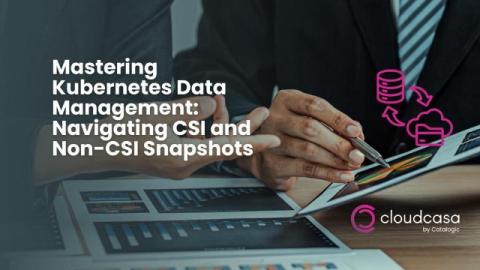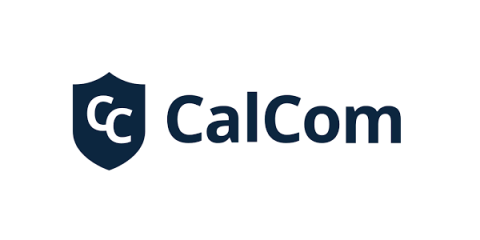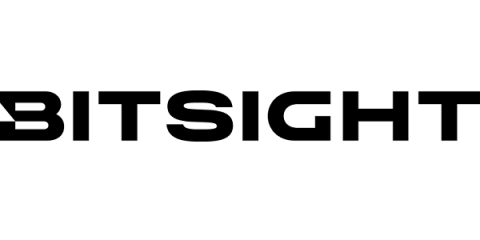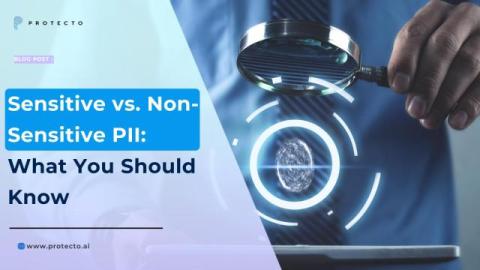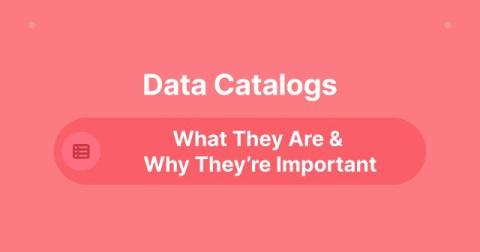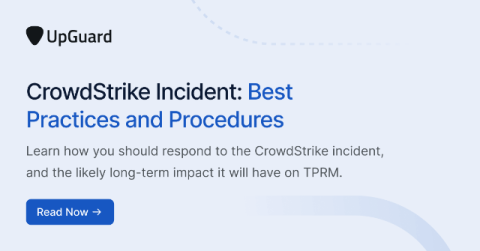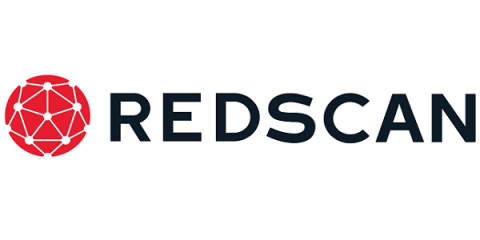Unlocking the Power of Kubernetes Data Management: Mastering CSI and Non-CSI Snapshots for Enhanced Security and Efficiency
In the rapidly evolving landscape of containerized applications, robust data backup solutions are essential. This is particularly true in production Kubernetes environments, where data integrity and availability are paramount. This post explores the critical roles of CSI snapshots & Non-CSI snapshots in Kubernetes, and how CloudCasa by Catalogic enhances data protection and management capabilities across diverse Kubernetes deployments.


